Advertisement
Social media today is more than likes and shares—it's a daily competition for attention. Behind every polished post is a set of tools working quietly to analyze, schedule, suggest, optimize, or even write the content. If you're wondering how others stay ahead while you scramble for ideas, the secret often comes down to the right AI tools. Here's a breakdown of some of the most effective ones out there, each doing its job without fanfare but with a noticeable difference in results.
When you're stuck trying to come up with something fresh to say about your post—or worse, when you're just staring at that blinking cursor—ChatGPT can take over. It's trained in enough language to offer up human-sounding captions, generate comment responses, and even suggest replies for DMs. No filler or fluff—just suggestions that make sense for the tone you're going for.
Most people know Canva for the designs. But within its workspace, Magic Write lets you generate post captions or short descriptions tied to the graphics you’ve created. It's built to keep the tone casual, catchy, or brand-consistent—depending on how you prompt it. Works especially well if you’re designing and writing at the same time.

Got a podcast episode or a blog post sitting around? LatelyAI can comb through it and pull out snippets ready for social. It doesn’t just cut and paste. It pulls out high-performing quotes, finds natural hooks, and gives you content that fits the platform it’s meant for. Think of it as a way to stretch one piece of work across a whole week’s calendar.
If you're recording webinars or interviews and hoping someone watches all 45 minutes, good luck. Pictory chops up your long-form video into short clips ideal for Reels, TikToks, or Shorts. It uses voice recognition and AI to find the moments that hold attention, then exports them with captions.
It’s not just about tracking mentions. Brandwatch watches your audience's online behavior—what they're interested in, what they're sharing, and even the tone of their engagement. It builds forecasts on what's likely to trend next, so you're not just posting but posting with timing that actually matters.
Sometimes, the problem isn't content execution—it’s not knowing what to say in the first place. Predis.ai scans competitors and your own social history then suggests new content types. It also gives feedback on why certain post styles work and where yours fall flat.
While it can generate all types of content, Jasper is particularly good at slightly longer pieces—like ad copy, LinkedIn posts, or anything that’s longer than a tweet but still short enough to keep attention. You can set the tone, give it a direction, and it’ll usually spit out something usable.
Flick combines hashtag research with content scheduling in one interface. You plug in a keyword, and it gives you relevant, niche hashtags ranked by reach and competition. Then, you can add them to a scheduled post directly. Saves a lot of hopping between tools.
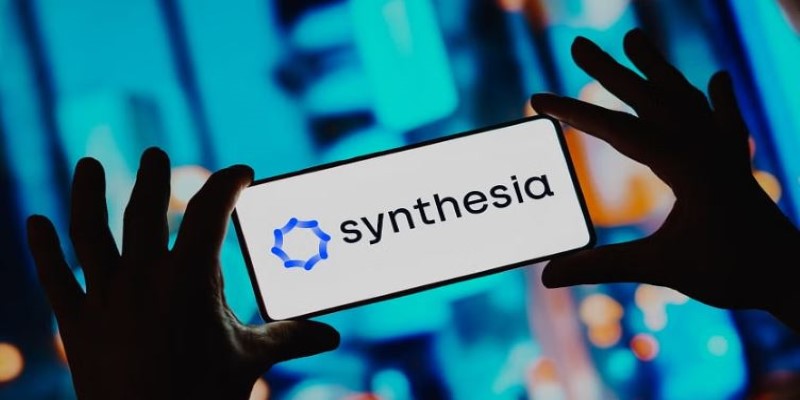
If you're camera-shy or strapped for time, Synthesia lets you create talking-head videos with virtual avatars. You type the script, choose a voice and avatar, and the video’s ready. It’s an easy way to maintain a presence without needing a studio setup or extra hands.
Not every post needs to be brand new. SocialBee lets you sort content into categories and reuse older content at the right intervals so your feed always looks active. It's handy for building momentum without having to be constantly online or creating.
All ten have their strengths, but if you’re looking for one that checks multiple boxes—writing, generating ideas, audience engagement—ChatGPT edges ahead. It doesn't just help you write better posts; it helps you think through what to say in the first place. So now, let's focus on how to actually use it in a way that feels natural and not robotic.
Start by thinking of ChatGPT as a collaborator, not a button you push. When writing a caption, don't just say, "Write a caption about my dog." Instead, feed it the actual tone and structure you want: "Write a playful caption about a dog running through leaves. Keep it under 20 words, use a casual tone, and no hashtags." This gives you something usable from the start. If you don't like the first answer, instead of retyping the prompt, ask it to revise just one part—"Make it rhyme" or "Remove the word 'autumn.'"
For responding to comments or DMs, you can copy-paste the message into ChatGPT and ask it for a friendly, quick reply. Add context if needed, like “This person is asking about shipping delays and seems annoyed. Keep it polite, short, and reassuring.” The more you share, the better the result. Over time, you’ll notice patterns in what works and start reusing effective phrasing without needing the tool as much.
AI tools for social media aren’t just extras—they’re becoming the standard for staying consistent, creative, and efficient. Whether you need help with writing, visuals, scheduling, or audience insights, there’s something that fits without adding more work. Tools like ChatGPT, Canva’s Magic Write, and SocialBee each handle a different part of the puzzle, making your workflow smoother. The real difference is when you stop guessing and start using these tools with intention. You'll notice more clarity, better engagement, and less time spent stuck on what to post next.
Advertisement

Say goodbye to small coding errors and hello to GitHub’s Autofix. Learn how this AI-powered feature automatically finds and fixes bugs, saving time and boosting your code quality

Wondering how people actually get good at working with large language models? Start with these seven straightforward steps that show you what matters and what doesn’t

Curious about AdaHessian and how it compares to Adam? Discover how this second-order optimizer can improve deep learning performance with better generalization and stability

Applying to the Big 4? Learn how Overleaf and ChatGPT help you build a resume that passes ATS filters and impresses recruiters at Deloitte, PwC, EY, and KPMG
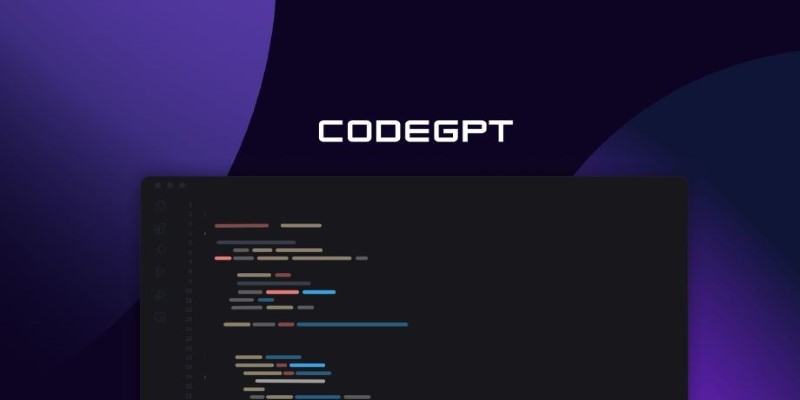
Curious about CodeGPT? Learn what CodeGPT is, how it works, and whether it can really write code that runs. Simple guide for beginners and curious minds
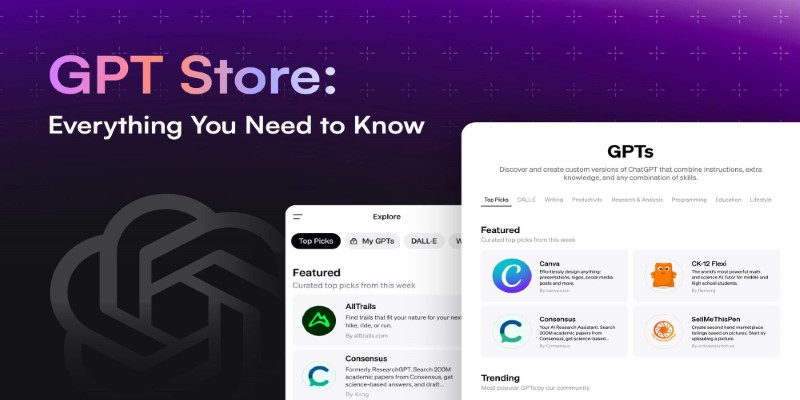
Looking to explore custom chatbots tailored to your needs? Discover how to access and use OpenAI's GPT Store to enhance your ChatGPT experience with specialized GPTs.
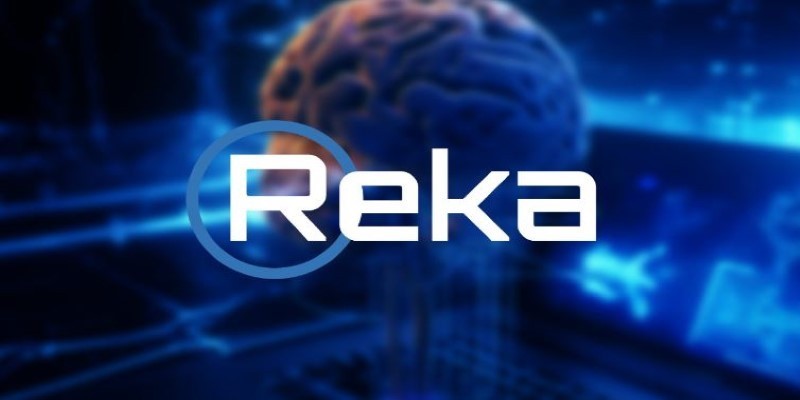
Ever wished you could get text, images, and videos all at once? REKA CORE makes it happen by bringing everything into one seamless response for easy access to multimedia content
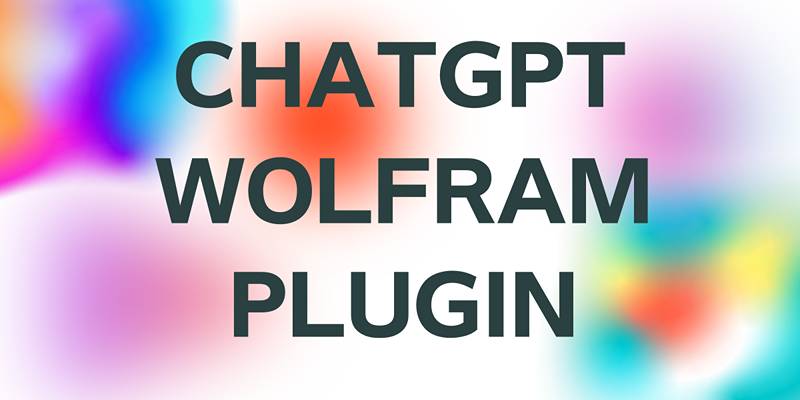
Enhance your ChatGPT experience by using the Wolfram plugin for fact-checking, solving STEM tasks, and data analysis.
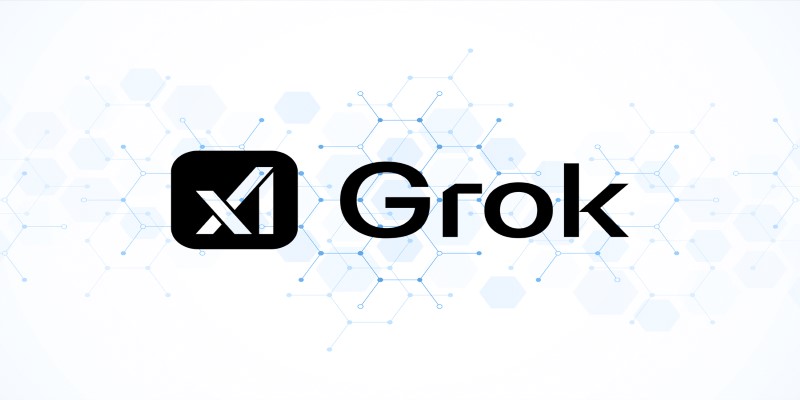
Heard about Grok but not sure what it does or why it’s different? Find out how much it costs, who can use it, and whether this edgy AI chatbot is the right fit for you

Ever wish your photo app could just understand what you meant? Discover how Google’s ‘Ask Photos’ lets you search memories using natural questions and context

How to use the Nightshade AI tool to protect your digital artwork from being used by generative AI models without your permission. Keep your art safe online
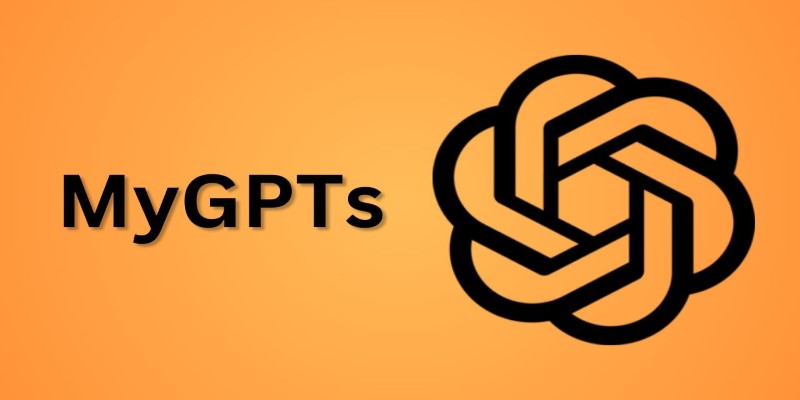
Wish you had a smarter way to learn games or create images? ChatGPT’s “My GPT” bots can help you do all that and more—with no coding or tech skills required